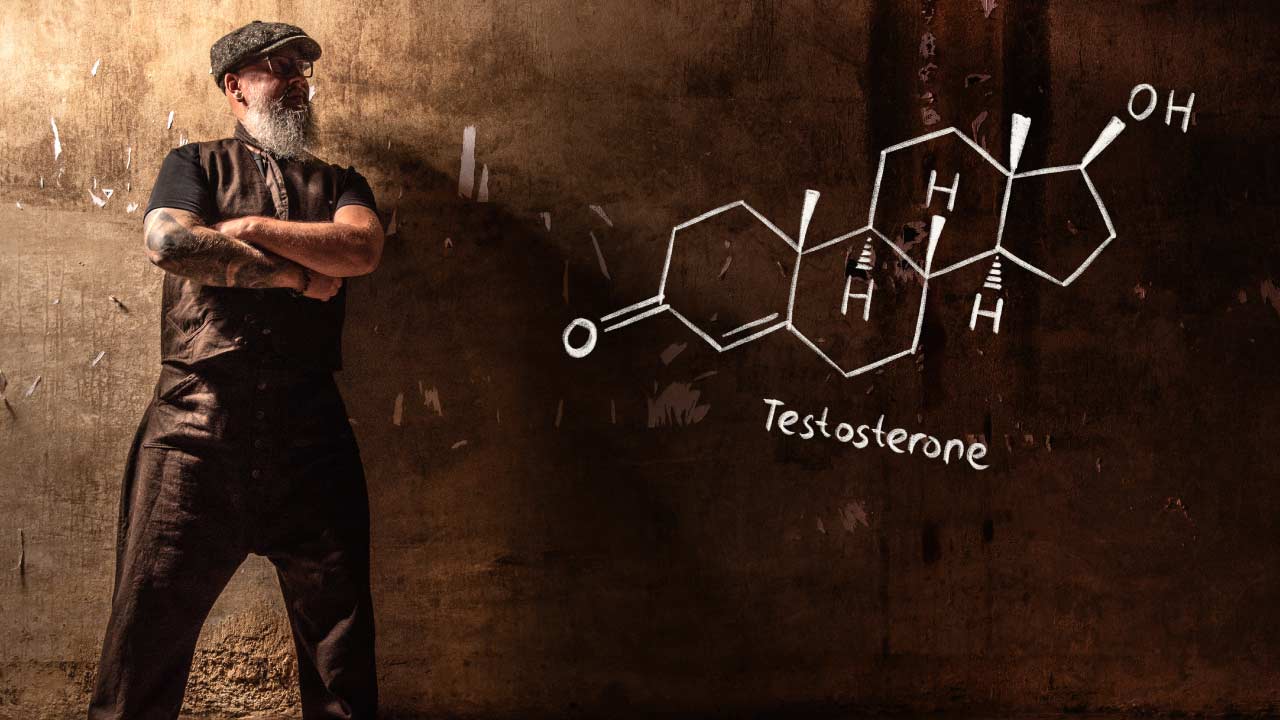
A Guide to Testosterone Levels: When You Need Testosterone Replacement Treatment (TRT)
December 3, 2021
In This Healthy Insight:
1. What is Testosterone?
Before getting into the whole treatment aspect of it, let us first understand what Testosterone actually is. Testosterone is basically a hormone present in the human body. Both males and females have this hormone in their body. For men however, the level of testosterone is quite high. This is the hormone that results in an increased energy pump, facial and body hair, an increased sex drive, muscle building and so on. So you see why it is considered as a hormone for ‘manness’.

2. How to regulate the level of Testosterone
Positive regulators of testosterone include sufficient sleep, a healthy physique, intense exercise and intermittent abstinence. In layman language, if you sleep 7-8 hours at night, exercise well, keep yourself fit and maintain a proper diet routine, you can contribute to increasing the level of testosterone in your body. On the other hand, Testosterone can decrease in the body due to a variety of reasons. One of the most important causes is increasing age. As men grow older, their testosterone level gradually decreases. Testosterone is usually at its peak during adolescence and early adulthood. But once a man turns 30 or 40, the level of testosterone starts to drop. Now aging is one thing, but if it is a drastic decrease, it could be a source of concern. Other factors that lead to a dip in the testosterone level includes illnesses like obesity and diabetes, improper diet, lack of proper sleep, chronic stress, lack of exercise, bad diet, and even excessive intake of alcohol. A low level of testosterone in the body further leads to a reduced sex drive, less energy, depressions, mood swings and less muscle mass.

3. Symptoms of low Testosterone
Now that you have a basic understanding of testosterone, its levels and the positive and negative regulators, let us go into a discussion about the common symptoms that can indicate a low testosterone level in your body. As already discussed, a low sex drive, reduced muscle mass and depression are both regulators and symptoms. More obvious symptoms include erectile dysfunction, decreasing energy, shrinking testicles, poor concentration of the brain, anemia, brittle bones, hot flashes, sleep disorders and development of breast tissues.
These statements have not been evaluated by the Food and Drug Administration. These products are not intended to diagnose, treat, cure or prevent any disease. Individual results may vary.



